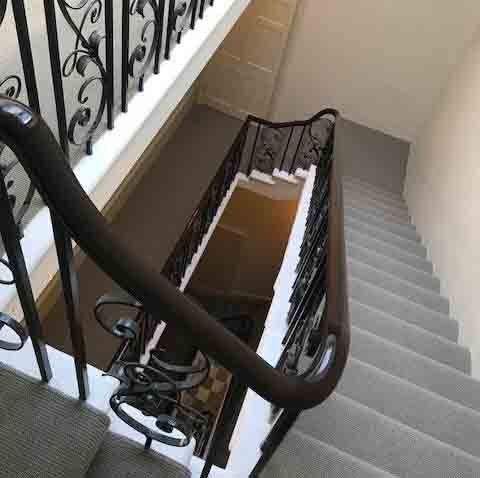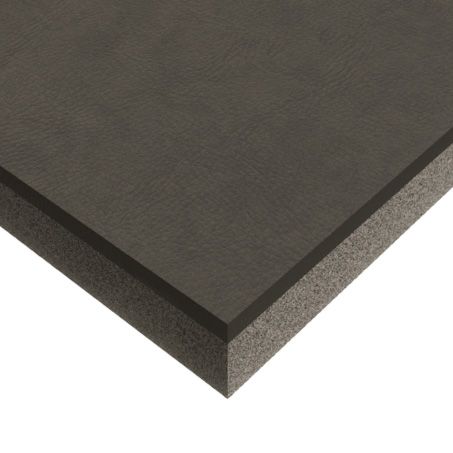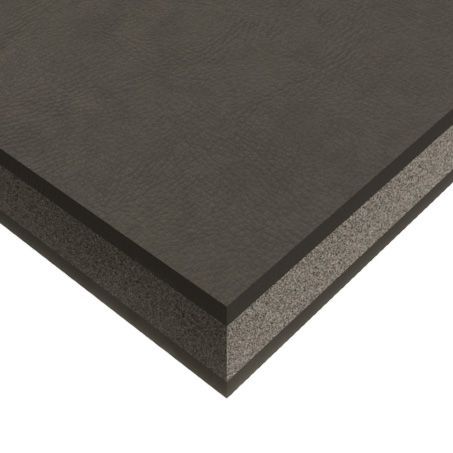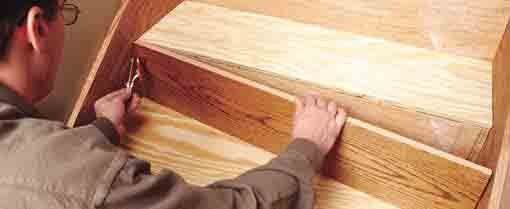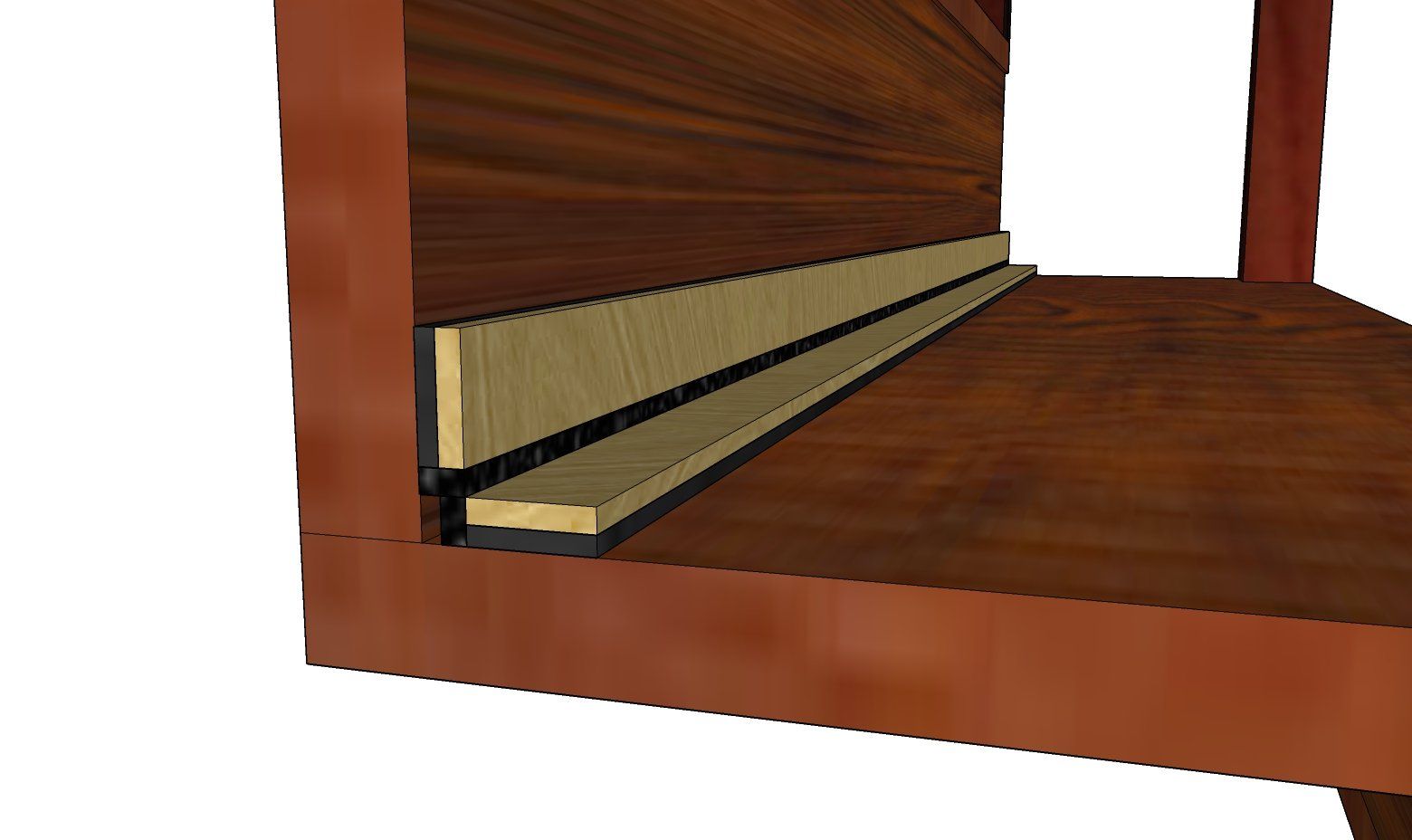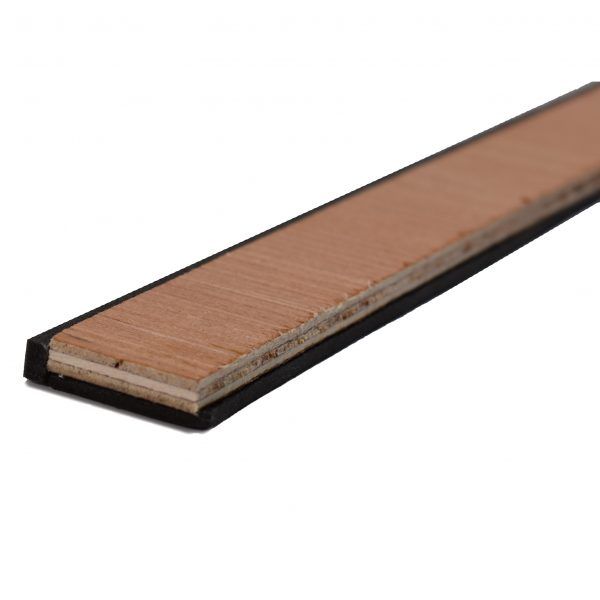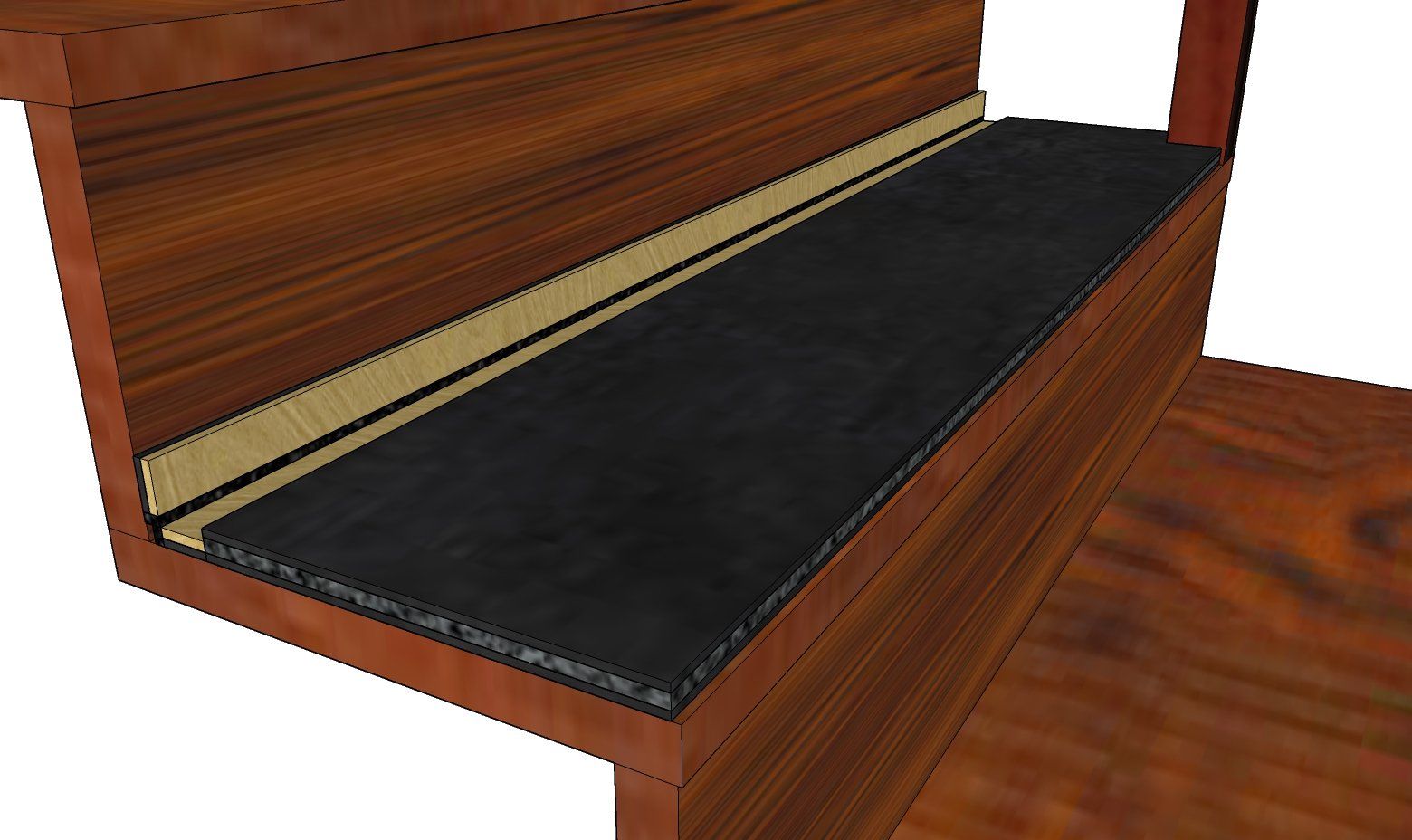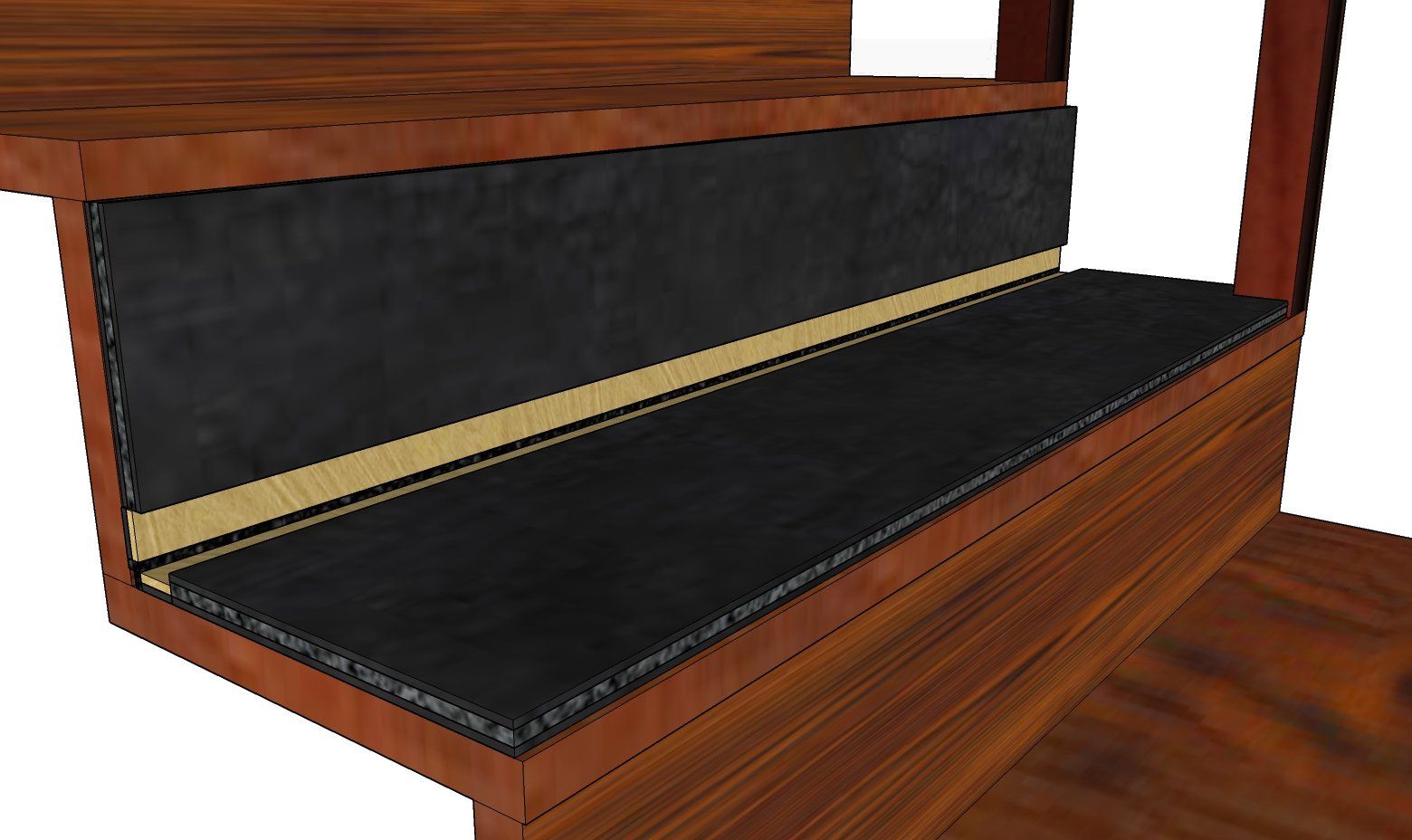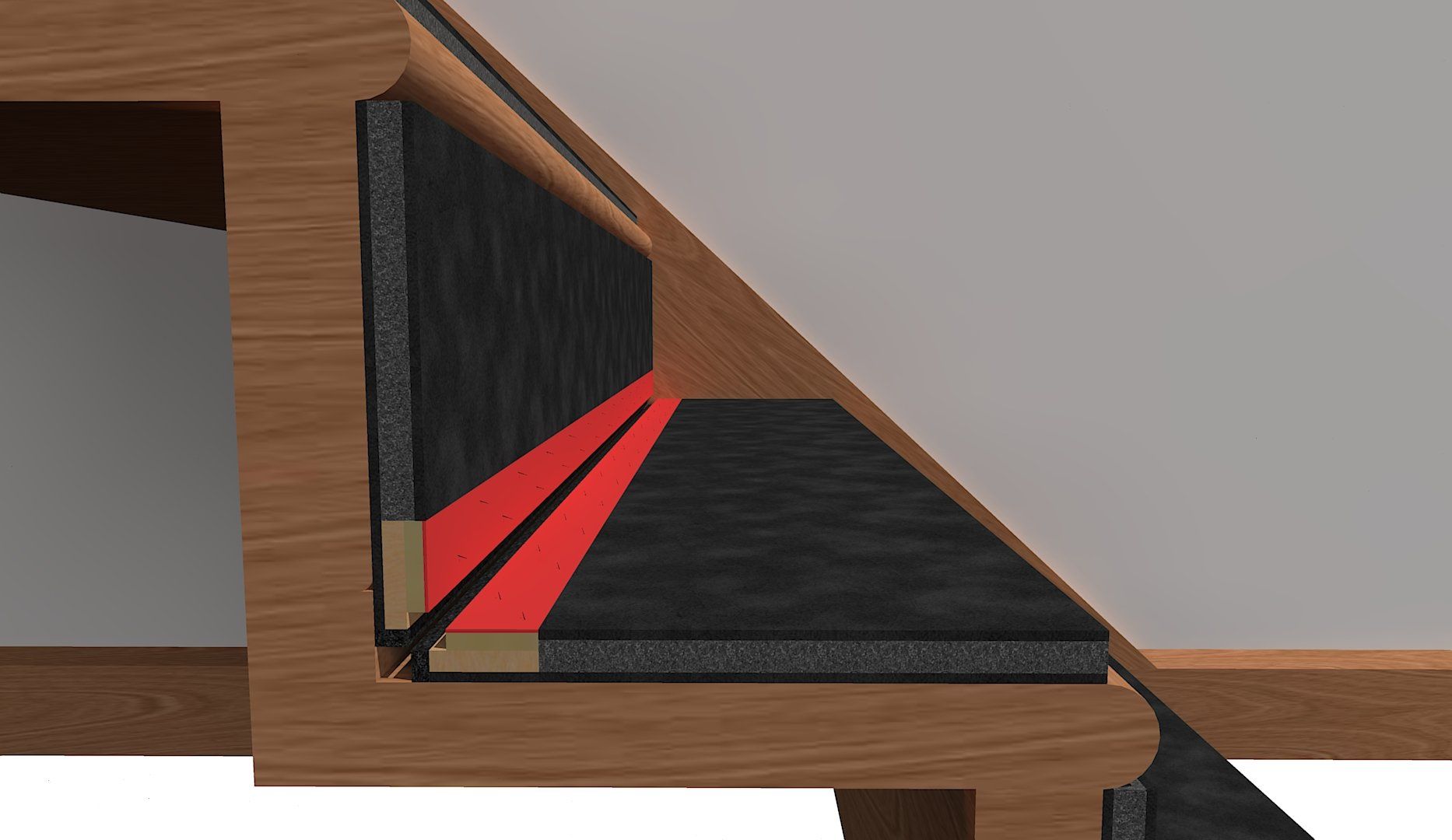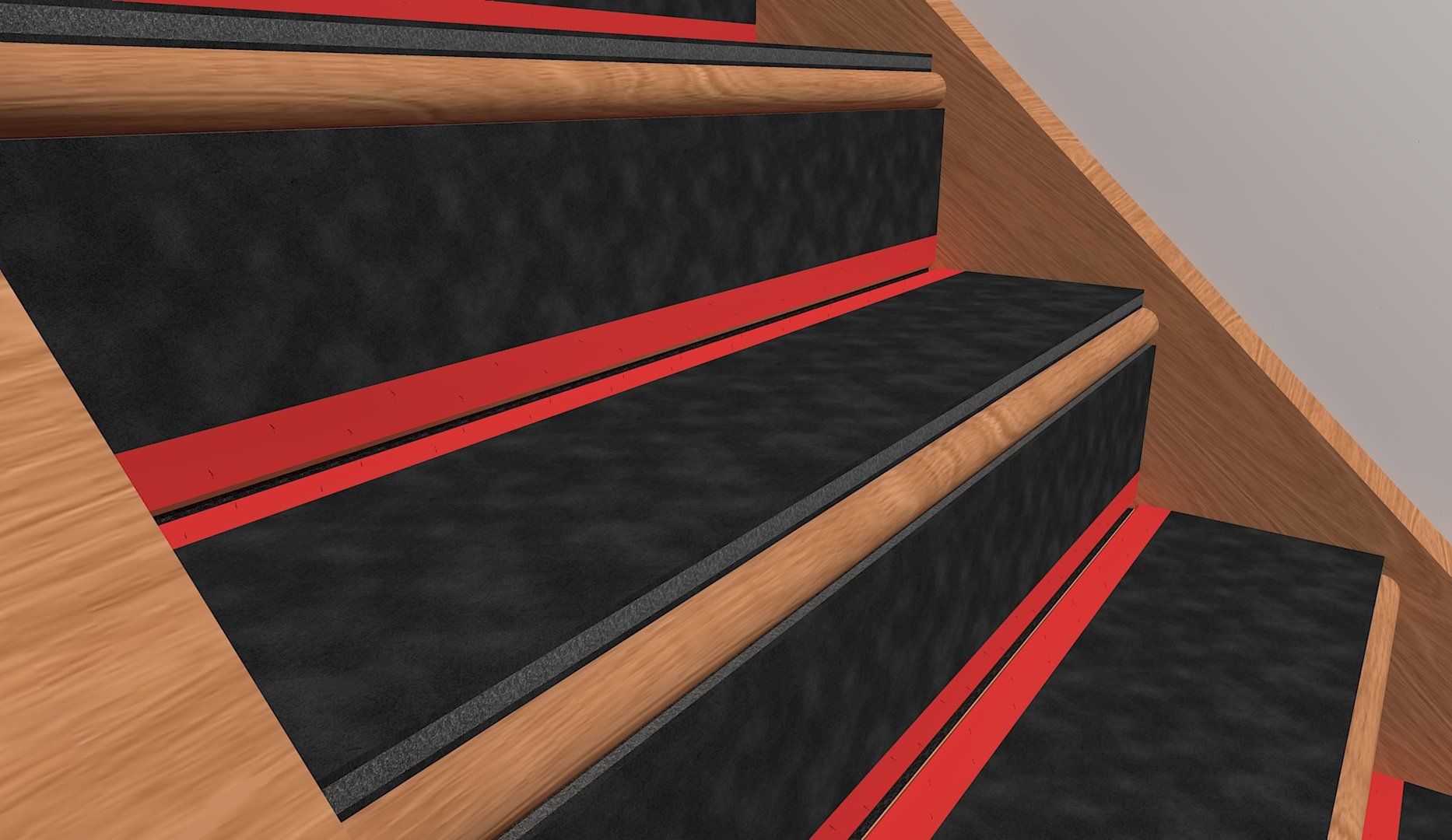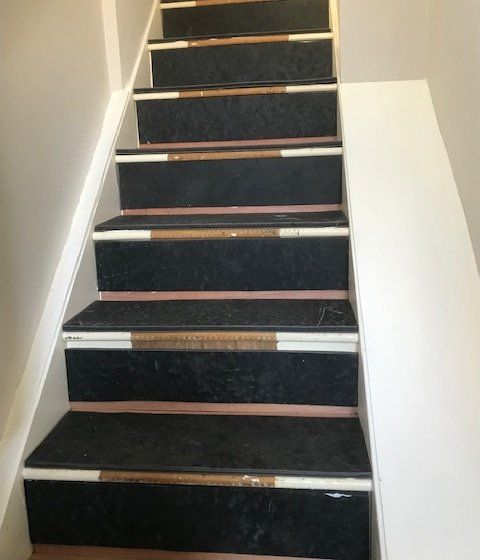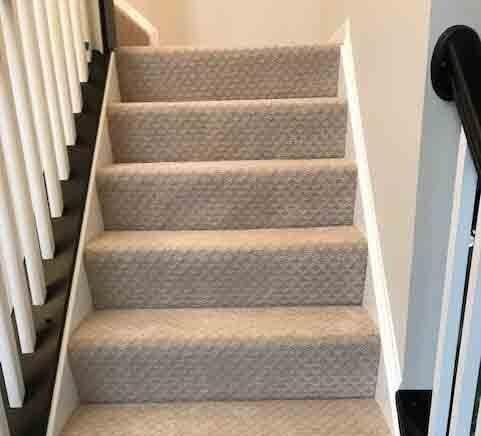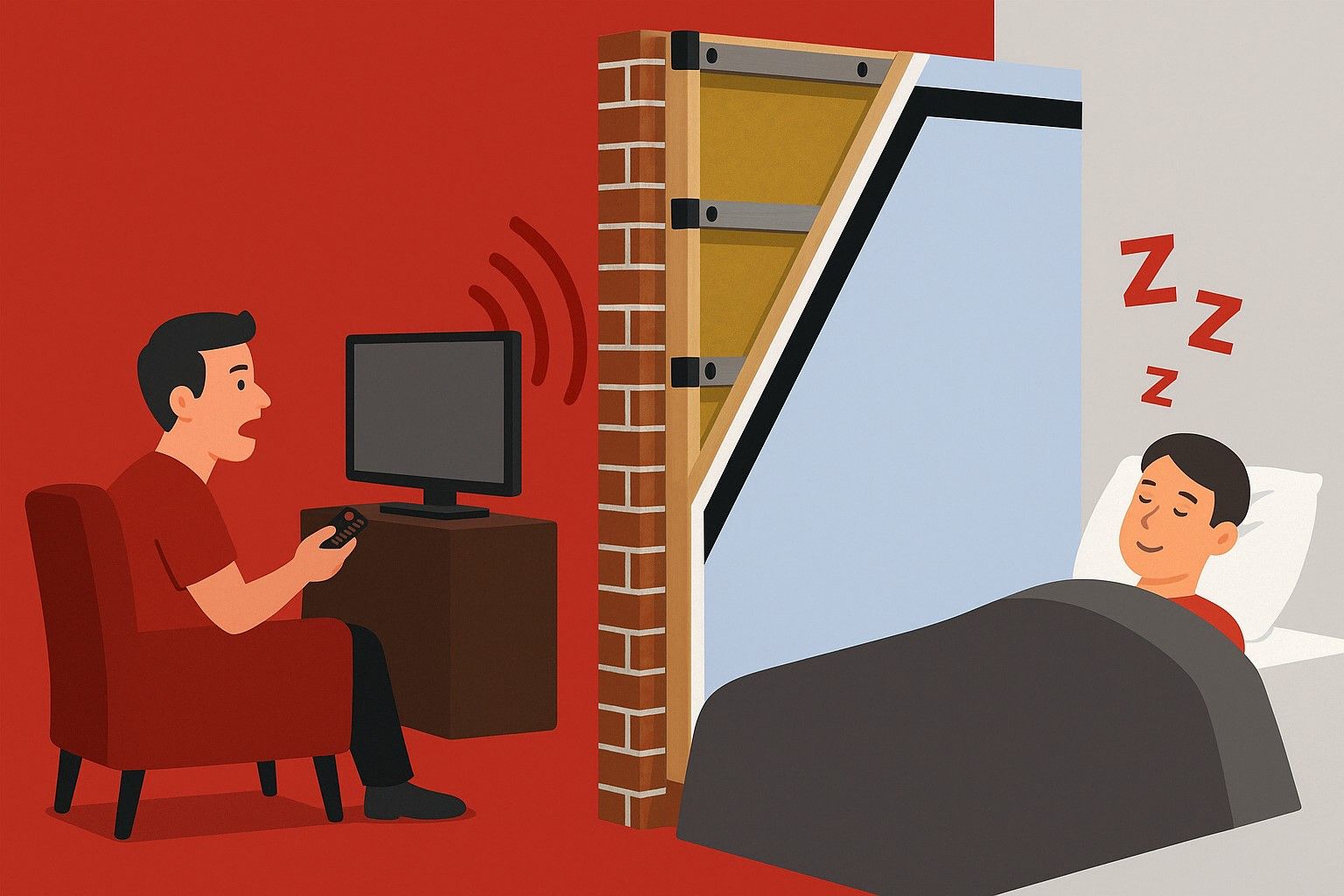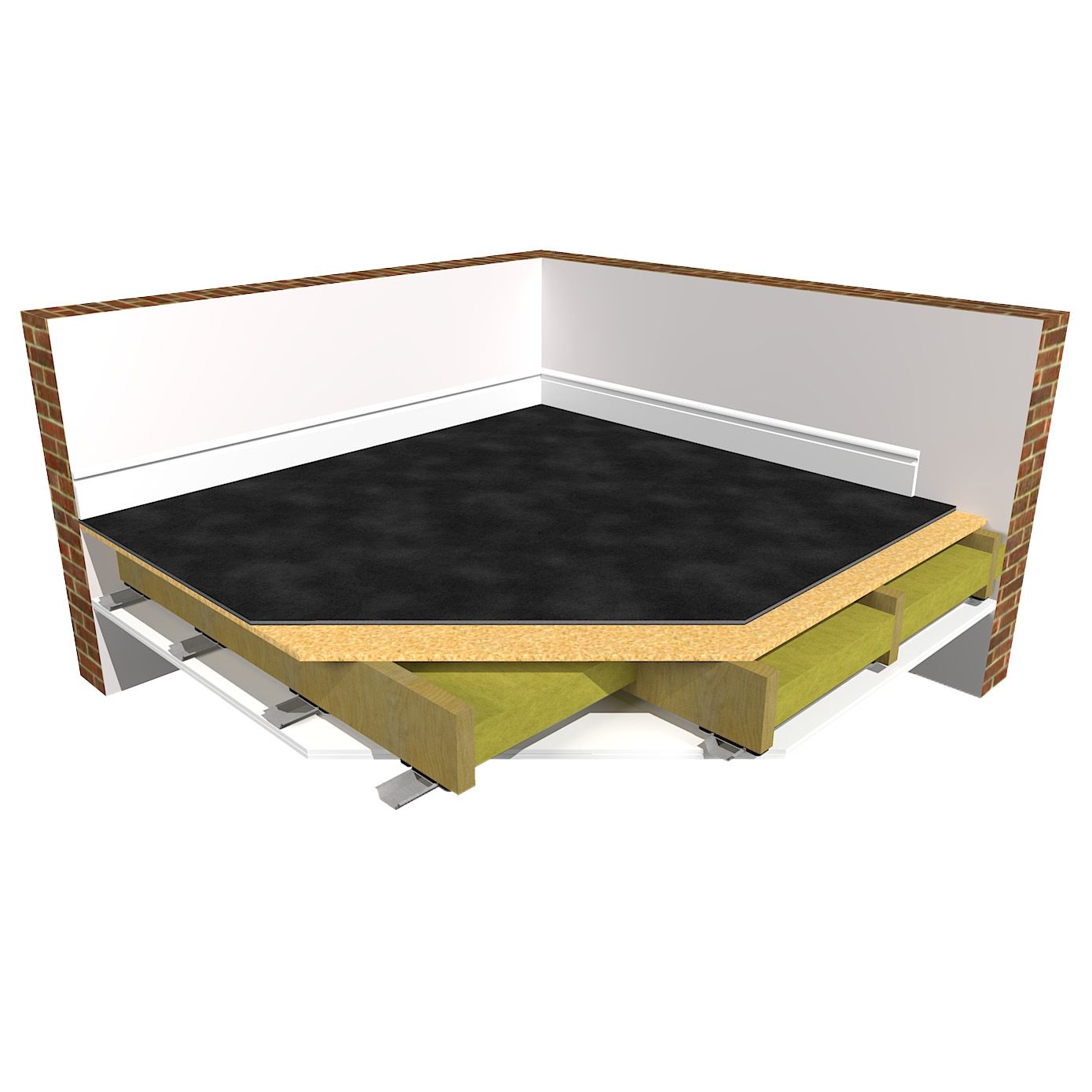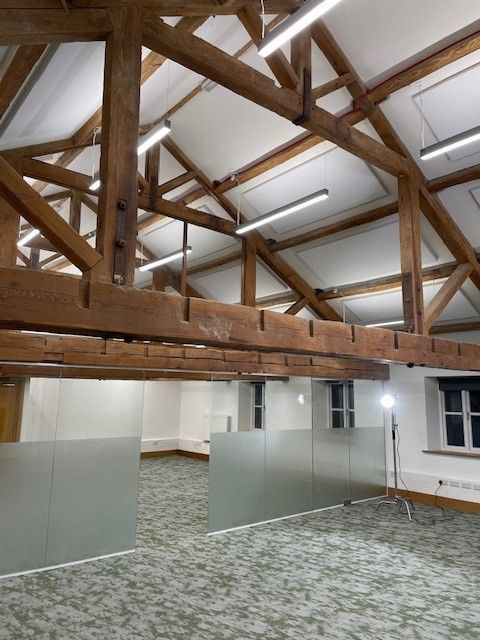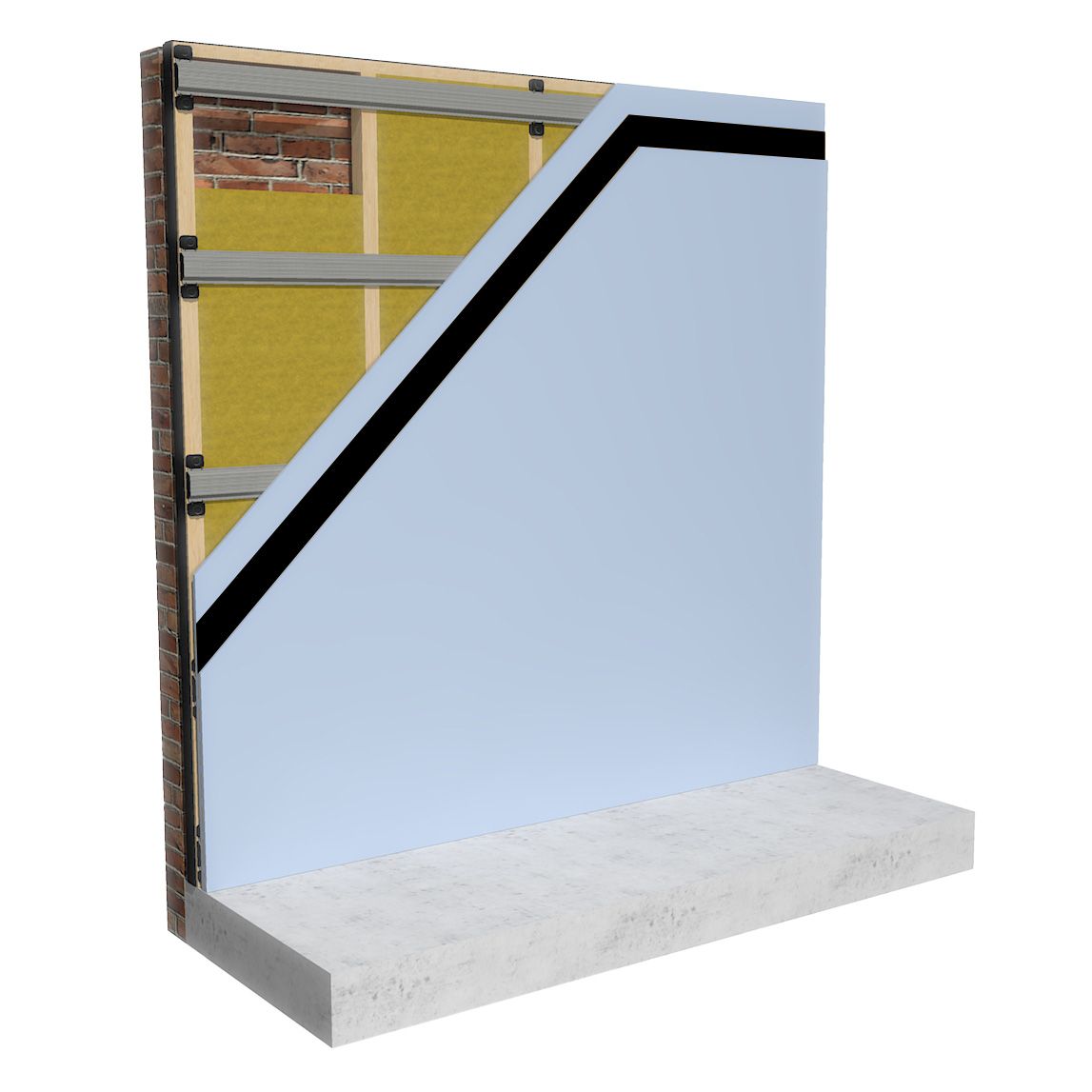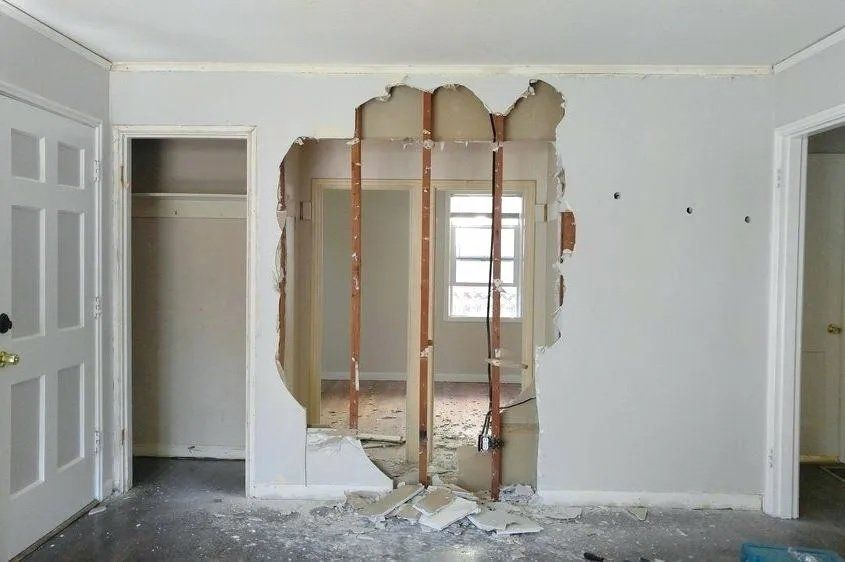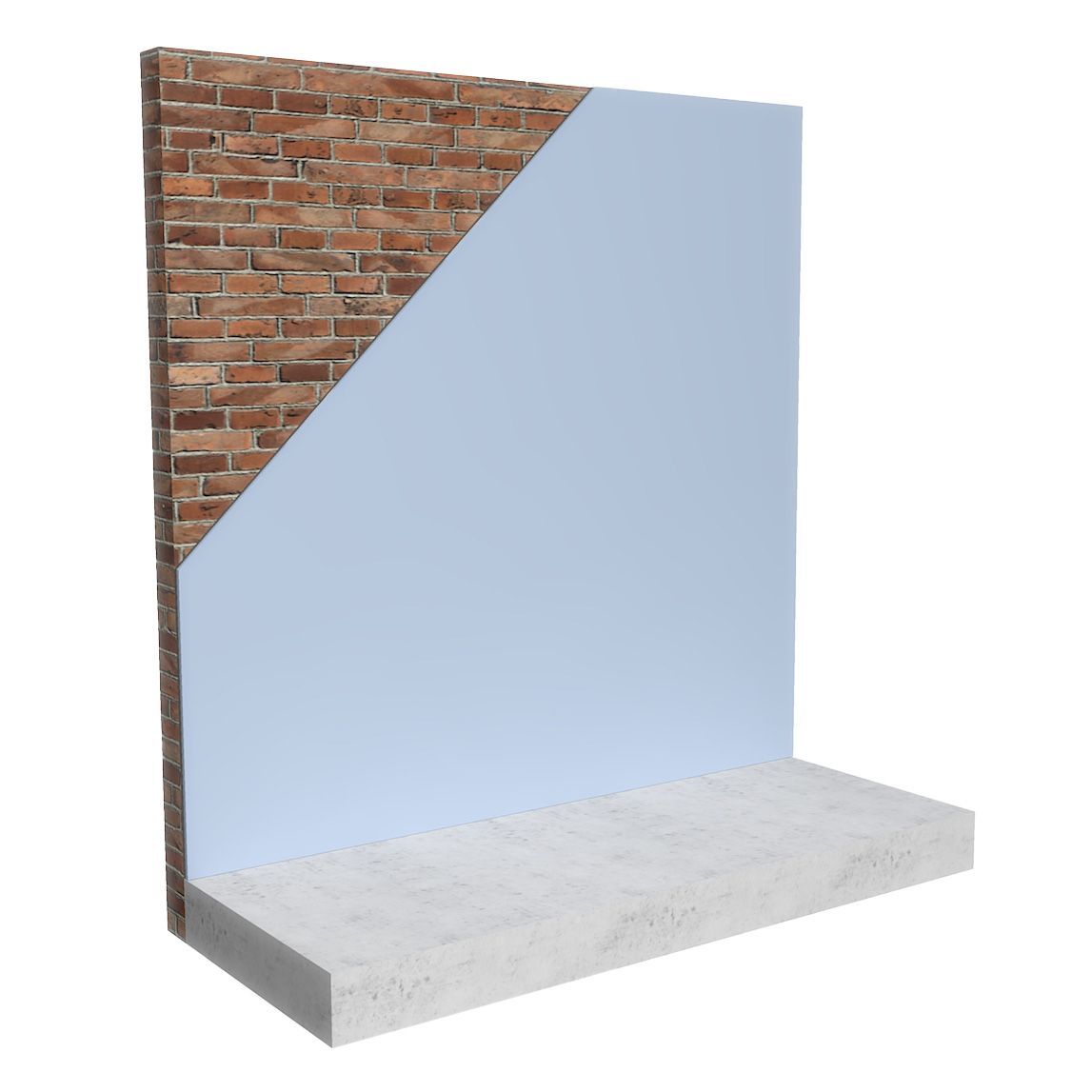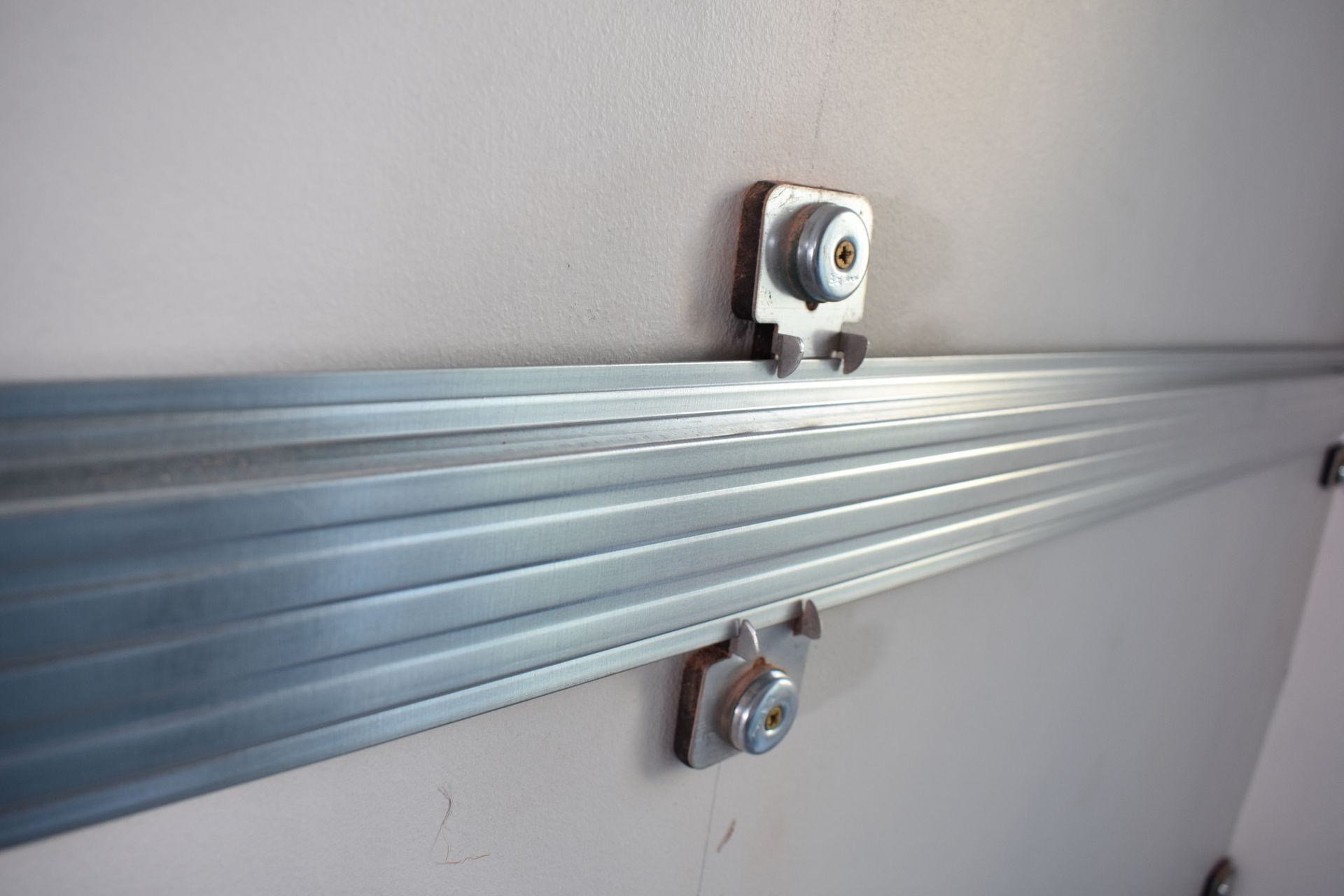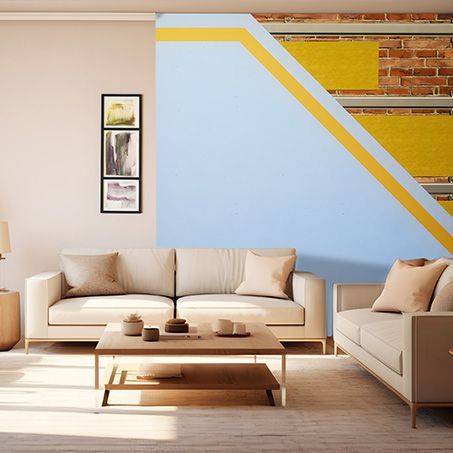How to soundproof stairs in communal areas
Noisy neighbours are sparking complaints every 80 seconds a study by the insurer Churchill has found.
The Mirror also reports that 'more than one in ten of these complaints are for domestic noise such as footsteps on wooden stairs'.
How to soundproof stairs against impact and airborne noise
When it comes to soundproofing stairs, this is usually because of unwanted impact noise created when people are walking and running up and down the stairs. This unwanted noise is often more prevalent in multi-occupied flats and houses with a shared stairwell.
There will also be occasions when airborne noise proves a problem on stairways. It could be the unwanted voices of people talking and shouting whilst they are moving up and down the stairs.
Therefore, it is sensible to use a product to soundproof your stairs that is effective at blocking both impact and airborne noise.
If you are experiencing the unwanted impact and airborne noise of people walking up and down stairs within an area of increased footfall (such as a communal area) and are trying to reduce the transference of this vibration from entering your own living space, then soundproofing needs to be added directly to the stair treads and stair risers.
What are the best soundproofing solutions to use on stairs?
Soundproofing Stairs: A How to guide
Step 1: Secure stairs against unwanted noise
If you are experiencing the unwanted structure born noise, of squeaking and creaking stairs, then it is important to fix these, by replacing any worn out stair treads before commencing any soundproofing.
Step 2: Add Gripper rod risers to the stairs
Remove any carpet and install
gripper rod risers to the stairs by nailing them in place. Gripper rods are constructed with a mass loaded vinyl layer, to improve soundproofing around the perimeter. Plus a wooden layer to fix carpet griper rods to and a foam edge to make the gripper rods airtight with the steps. There are different sized gripper rod risers depending if SoundMat 2 Plus, or SoundMat 3 Plus are being used to soundproof the stairs:
- SoundMat 2 Pus use 6mm gripper rod risers
- SoundMat 3 Plus use 9mm gripper rod risers
Step 3: Install the SoundMat to the stair tread
Cut SoundMat panels to the right size and bond the SoundMat to the tread of the stairs using floor
impact adhesive.
Step 4: Install the SoundMat to the stair risers
Again cut the SoundMats to the correct size and bond to the riser. The recommendation would be to soundproofing both the tread and the riser, to limit the transference of impact noise.
Step 5: Install carpet gripper to the risers
Make sure the carpet grippers are the correct height to take the carpet.
Step 6: Soundproof the remainder of the stairs
Where nosing detail is required, install a section of MDF, the same thickness as the SoundMat.
Step 7: Lay carpet on top of the Soundproof Mat underlay
The SoundMats act as a luxury underlay, so carpet can be installed directly on top. When soundproofing stairs against the unwanted impact noise of footfall, it would always be the best option to soundproof the stairs and use carpet as a final finish. Adding a hard surface such as laminate or wood, will only produce more of the unwanted impact vibrations.

